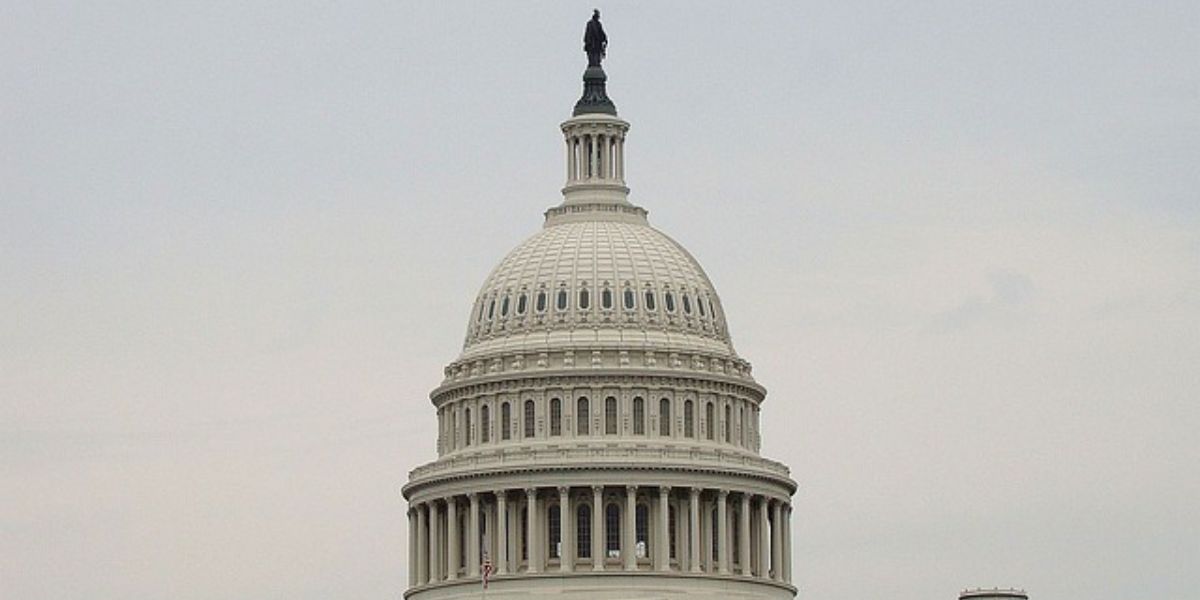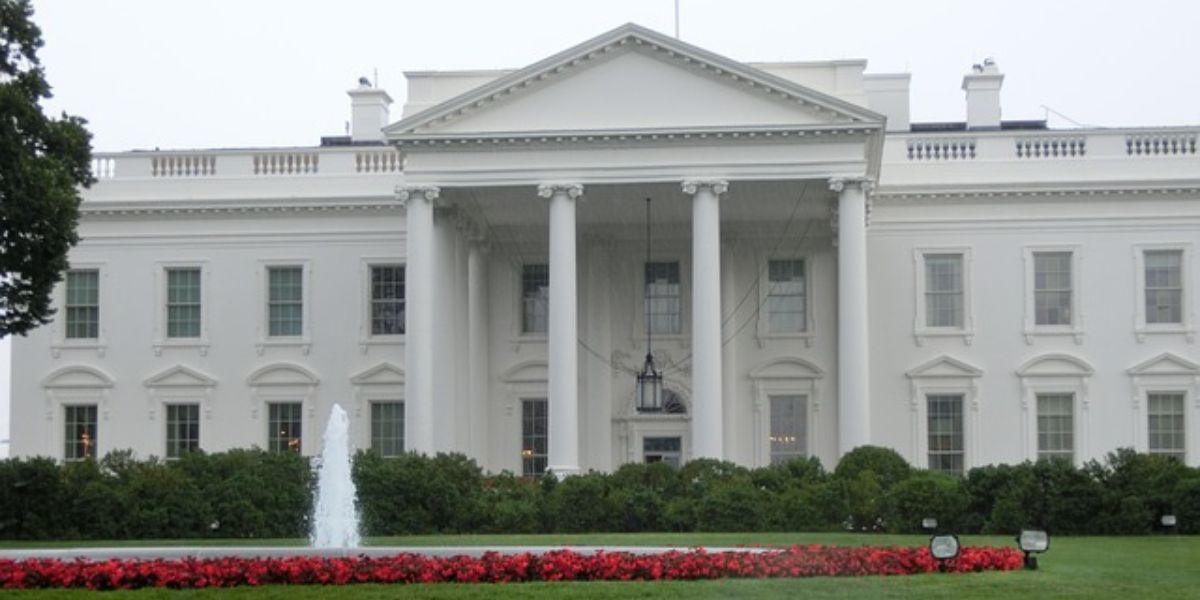On 24 September 2020 a blog post by the IMF’s First Deputy Managing Director Forum on National Affairs looked at reforms needed to ensure China’s recovery from the economic problems caused by the pandemic.
Global Economic Outlook
The blog notes that the IMF is expecting a partial, uneven global recovery in 2021, with output levels still well below pre-pandemic trends over the medium term. Uncertainty is likely to continue with the possibility of prolonged disruption due to the pandemic and risks including geopolitical and social tensions and volatile financial markets.
China’s Policy Response
China has recovered from negative 6.8% real GDP growth in the first quarter of 2020 to positive growth of 3.2% in the second quarter. This recovery appears to be continuing in the third quarter. The recovery has been helped by fiscal, monetary, and financial measures to mitigate the negative economic impact, including funding for loans for small businesses and agricultural firms.
Fiscal policy is providing growth support as households and private firms gradually return to normal. The state-owned enterprises (SOEs) are also supporting employment, increasing investment, and helping the small and medium enterprises (SMEs) in their supply chains.
Private investment and consumption have been held back by requirements such as the need for social distancing, and the slow rate of improvement of conditions in the labour market. Domestic demand is also affected by the limited capacity of social safety nets. In terms of wealth the lowest 40% of households hold only about 5% of the total financial assets, so they do not have funds to offset their income losses.
Rising debt levels and financial vulnerabilities in smaller banks could reverse some of the recent progress made in reducing risks to financial stability.
The blog recommends that China should continue to lend public support in the short term, while letting market forces spearhead growth over the medium term.
Macroeconomic support
The economic relief measures must be phased out gradually, as demand from private investors and consumers strengthens. As there are rising levels of private and public debt, measures must focus on giving households the means and to increase their consumption.
The recovery can be supported by strengthening social safety nets to increase demand and the recovery will be more sustainable and balanced if measures are taken to lower China’s savings rate and reliance on investment.
Productivity
The blog post notes that further measures could be introduced to open up non-strategic sectors and lower the barriers to entry for private firms. In the labour market, the mobility of workers can be improved through land reforms. IMF research suggests that young and private firms tend to be more productive, so measures are required to create conditions for these firms to expand.
Sustainable growth
While oil prices are low measures can be taken to further improve carbon pricing or introduce carbon taxes. Investments can be increased in climate-resilient infrastructure and green technology, increasing employment in these sectors.
Implementing reforms together
Accelerating the opening up of the service sector can help to create more employment to compensate losses from the reform of state-owned enterprises. If non-viable companies are wound down there will be more available credit for the private sector, including SMEs. Increasing revenues from carbon tax would ensure the fiscal room to help finance an expanded social safety net.
The reforms can secure a robust recovery and generate positive effects for the global economy.
















